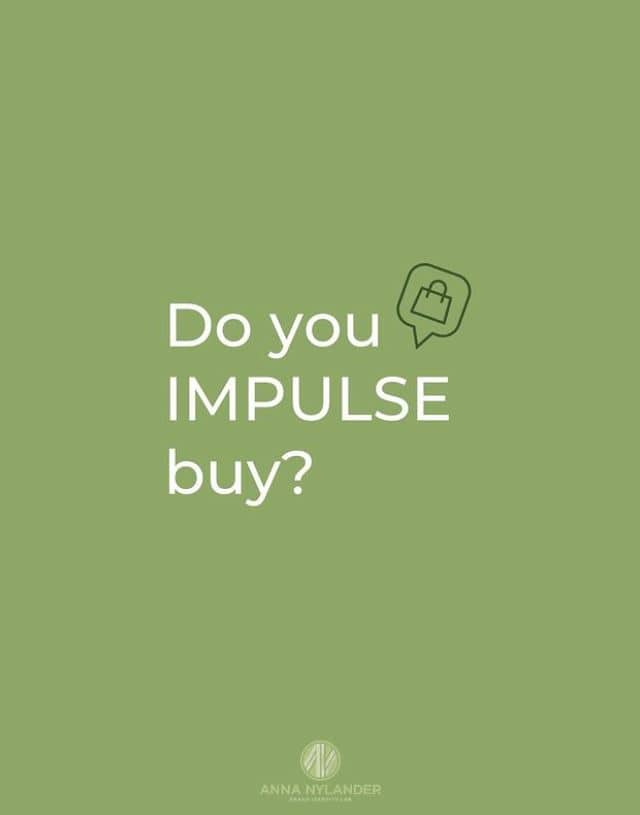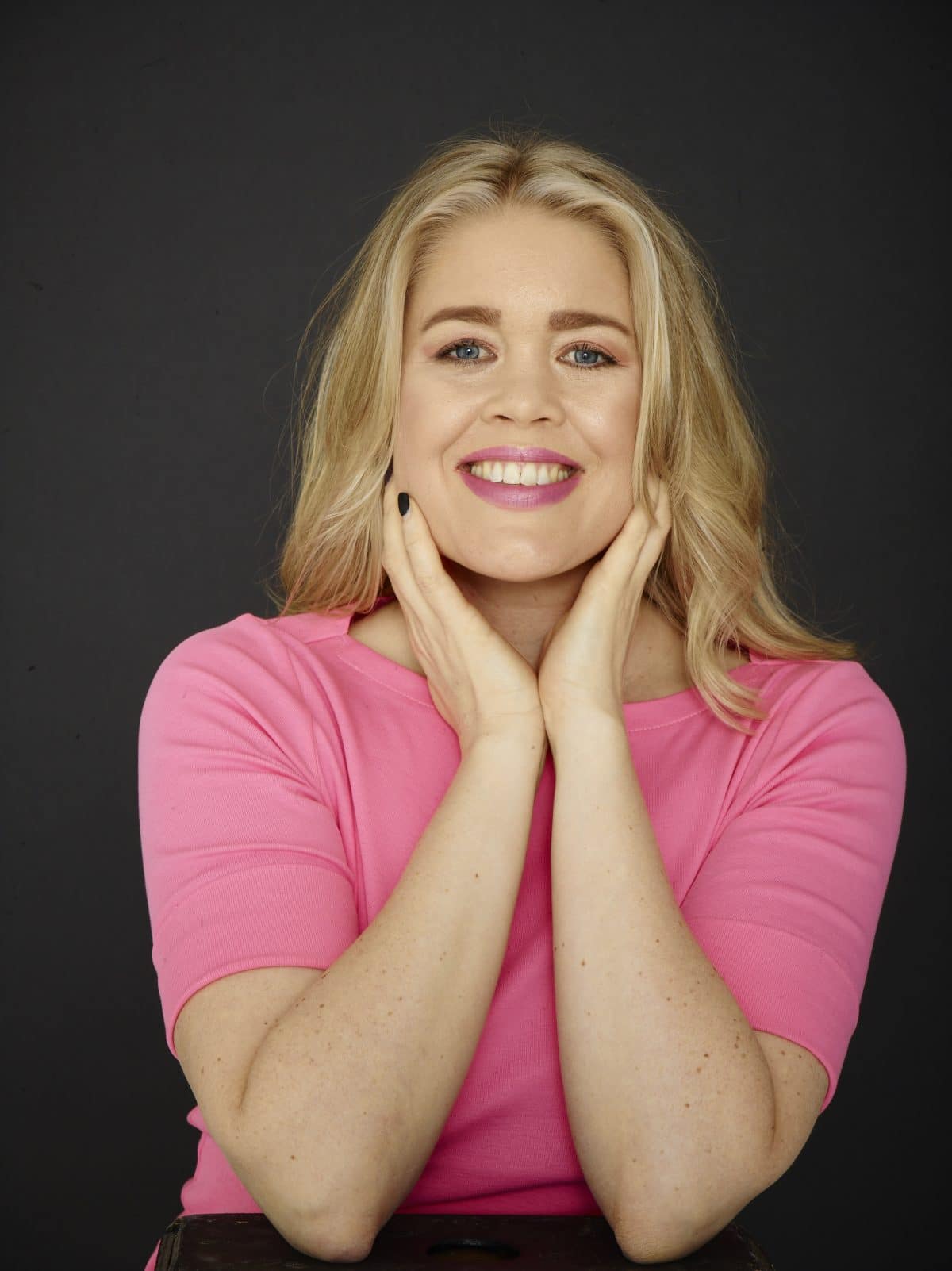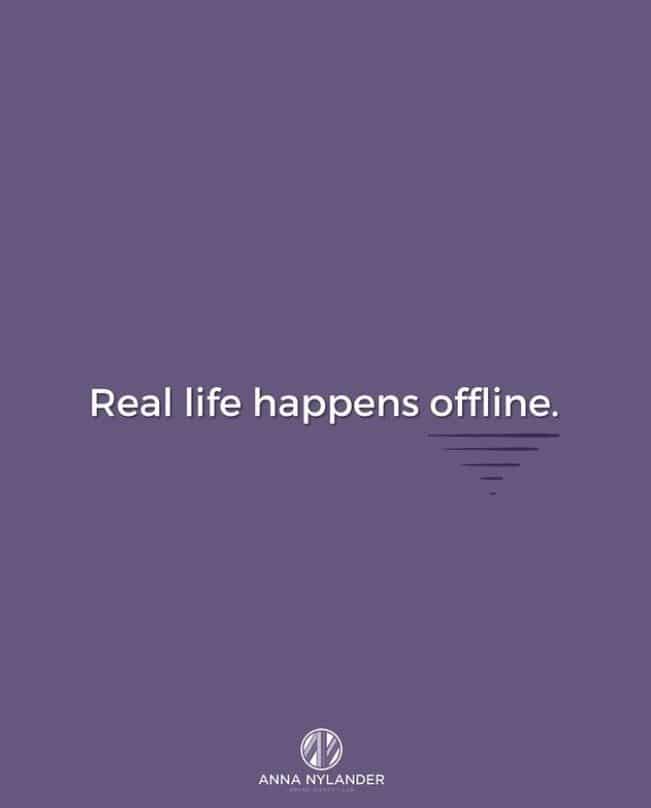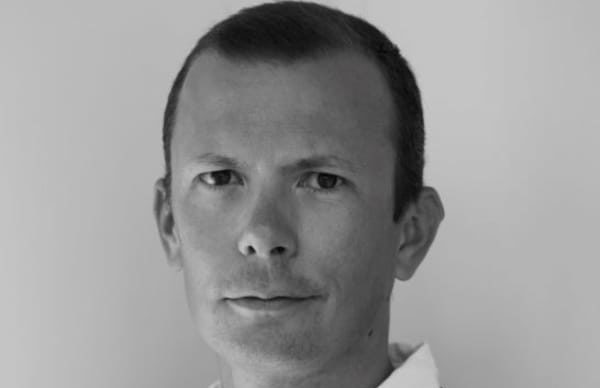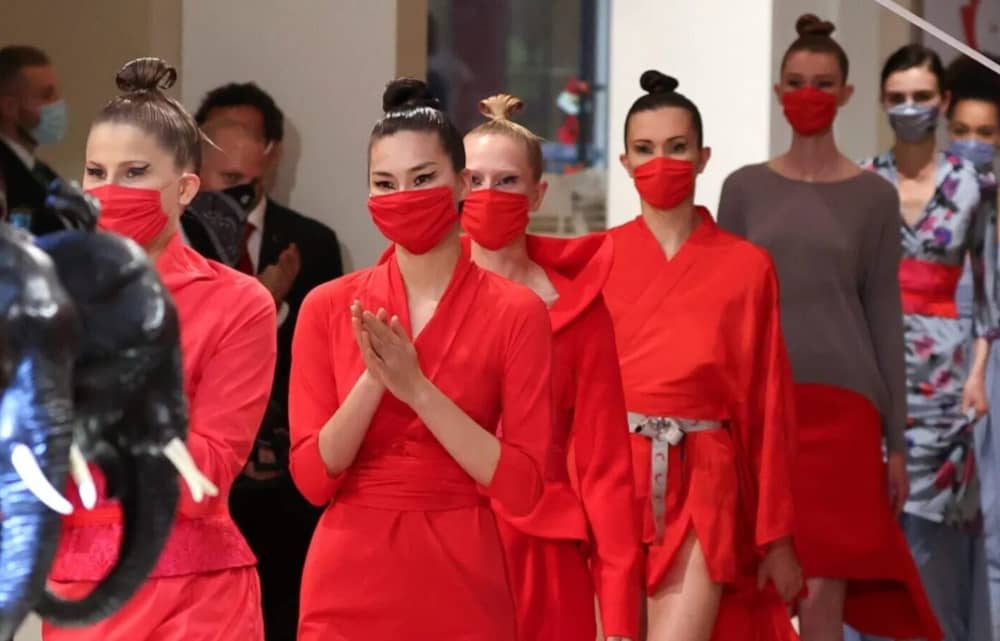What is a successful image for you?
– I would say that a successful image is some form of prosperous, smiling, happy, good looking person surrounded by other happy people. It would look like a big sofa, kind of like Monica and Rachel in the sitcom Friends.
How do you define success in your job?
– I run a new company, Exparang, together with other business partners. We have several overall goals and a long-term strategy, but every day contains some steps forward, some backward and some across. When I sum up my day to find that we have at least reached some sort of goal, then I think it is successful. In general, I get frustrated if one day has just been filled with meetings, I like to “have things done”! Although meetings in themselves can also be successful.
What is the biggest misconception about you?
– That I am correct! I’m pretty sloppy and far from correct, but I think the combination of my eye-glasses, my hair and my dialect allows me to get away with much.
What do you want to communicate to the world in the way that you dress?
– I’m a little vain and I do care what I wear. Almost in all contexts, I have thought through what I will wear, even though it does not always look like it to the outside world. I probably, though hard to admit, want to stand out a bit. Peacocking is an established concept, where you find some special style to attract attention. The best form of peacocking is to always have a thing that is your own, something cartoonists would blow up on a huge scale. I don’t know if I have a special thing, but I often have something that stands out. Right now it is my crude running watch, which attracts good and evil eyes. I would like to communicate a sporty style.

Filip Strömbäck – The style expert
How would you describe your personal brand?
– I imagine that my personal brand is a little different depending on the way the particular person has come to know me, which may send mixed signals.
In your podcast ”Hello Boss” – what challenges do leaders believe they have today?
– I would think that one of the biggest challenges for managers today, compared to a few years ago, is that employees are a bit more volatile. I heard somewhere that a freshman from Handels (School of business, economics, and law in Sweden) today is estimated to have at least 20 employers during his or her lifetime, compared to just a handful a few years ago. It says a lot about how you look at your staff and the risks of being a short-term asset.
Are the leaders you interview aware of what they are communicating in the way they dress?
– In many cases, they are totally disinterested. In some cases, they communicate through an acquired taste. Many managers look like other managers and make about the same choices. Both men and women. It is almost possible to see in what industry they work in looking at the way they dress.
Do they hire an image consultant to develop their style and build their personal brand?
– In many cases, public leaders make sure to hire image consultants to develop their personal brands. I’ve heard of some drastic transformations at the Swedish Government Offices for example.
What do you think is the best way to influence other people without opening one’s mouth?
– Definitely the body language. I’m not an expert in this area but it is proven, in so many ways, that body language accounts for much of what we communicate.
What is the key to success in communicating with all your different audiences?
– As it is in life itself, to try to be yourself. Not always the easiest, but I think I am getting better and better at it.
In your recruitment services – do you have a dress code?
– In Exparang, we have built a matching service that is entirely based on anonymized candidate data, so for us, it is extremely important to let competence and motivation come first. We clearly see that prejudice about everything from age and gender to schools and appearance can often stand in the way a really good match. So, no, we have no dress code. However, I can see a point in some kind of guideline regarding wardrobe in a workplace, and in some cases strict codes.
What do you think of the image projected by leaders in Sweden today?
– The external image of “Business Sweden”, in addition to HM and IKEA, is dominated by the startup scene. In general, I have a feeling that the leaders in our Unicorns have a sensible, down-to-earth, beautiful and humble image. Personally, I am very fond of that type of leadership. However, I think it’s a little sad with the jeans, t-shirt and hoodie culture. It’s so normative. It’s like a must if you work with tech to look like you don’t care what you wear. In reality, there are probably far more anxious souls in the tech sphere than any other sector.
What tips do you have for leaders who want to express power, authenticity, and trust?
– Be sure to wear appropriate clothing. Not too tight and not too big. It’s not the hardest thing in the world, but people fail at it all the time. I think it is related to people’s view of their own body, and that it is usually very skewed.
As an entrepreneur in today’s world – where are we going in the fashion industry? Do you think we need to design and produce more sustainable clothing?
– Patagonia, which just a few years ago, was relatively alone in its responsible sustainable niche is now a company in the crowd that “cares” and take their social responsibility . It speaks a clear language. I think both consumers’ buying behavior and political regulation will increase, leading us into some kind of sustainable direction.
In your pod, The Style Journal – is your goal to inspire men how to dress, behave and style themselves?
– What we do with the Stiljournalen is not outright serious, but in our entertainment, listeners can, from time to time, also learn something from my completely ill-initiated podcast colleague Fredrik af Klercker. You should not forget that we have about 50/50 female and male listeners, so it turns out that a podcast about male style interests both genders.

Filip Strömbäck and his business partner Fredrik af Klercker, just launched a Smoking line together
with the Swedish fashion company MQ.
Do you think today’s leaders need to start building a sustainable wardrobe?
– Yes, I think so – the throwaway society cannot be contained. I picked up a couple of Oxfords from the shoemaker this morning and realized that it was 15 years since I bought them. That’s what I enjoy!

